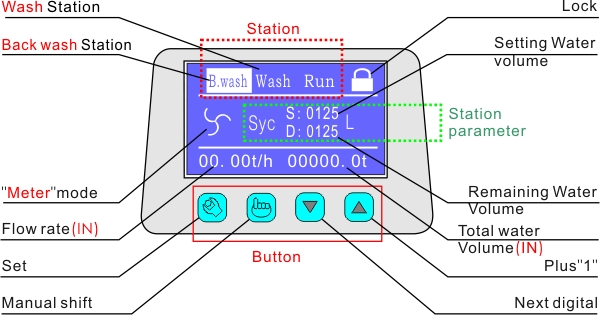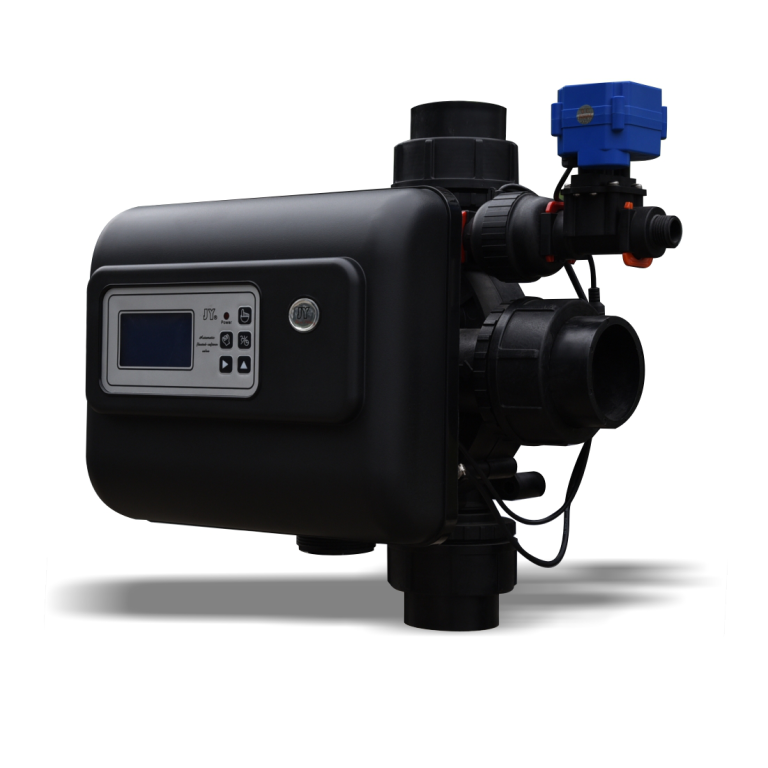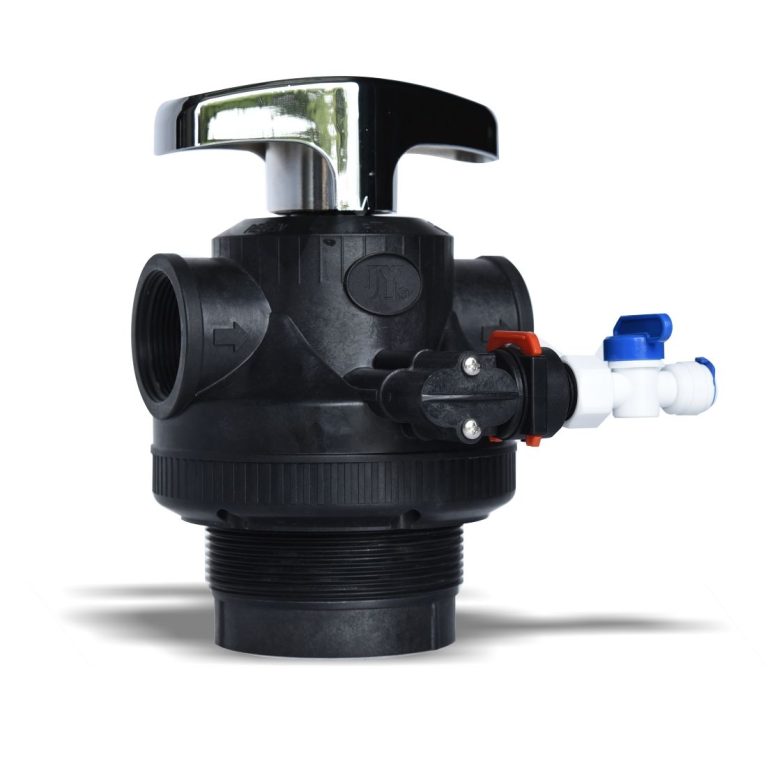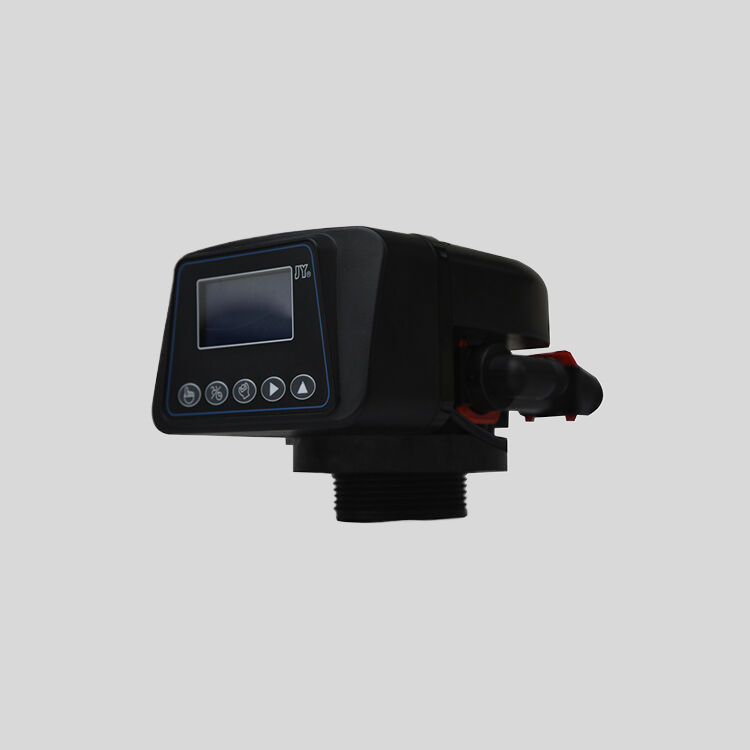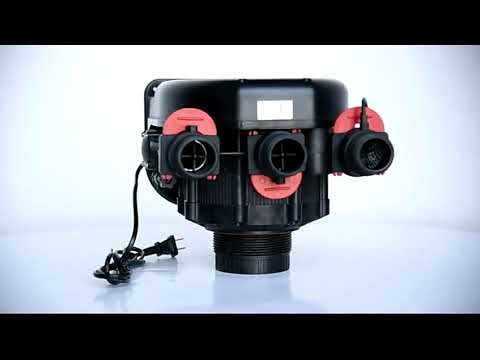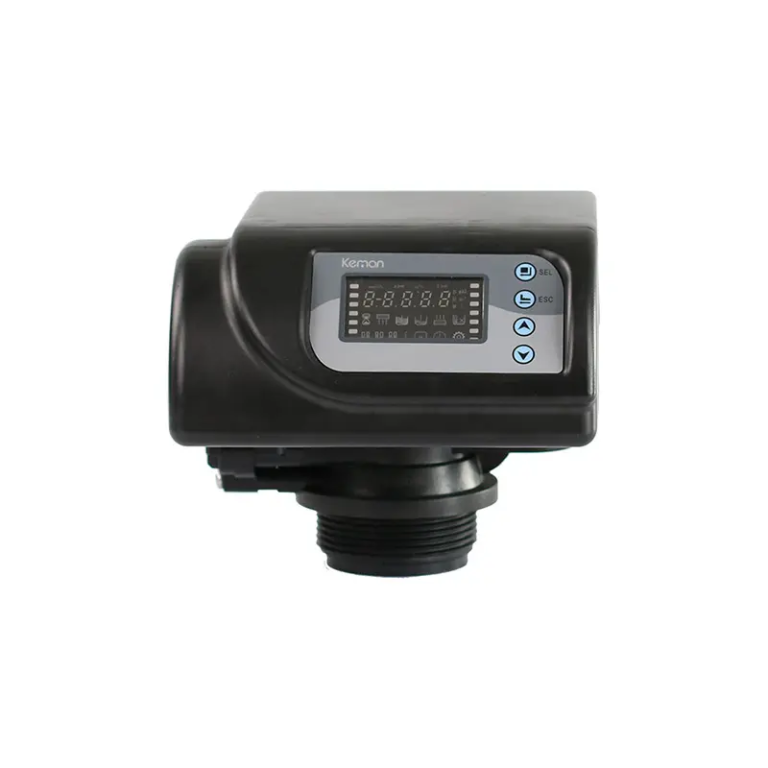“Effortlessly switch to bypass mode with our water softener valves.”
Benefits of Using a water softener valve Bypass System
Water softeners are essential devices for households that have hard water. Hard water contains high levels of minerals such as calcium and magnesium, which can cause a variety of issues including scale buildup in pipes and appliances, soap scum on dishes and laundry, and dry skin and hair. Water softeners work by removing these minerals from the water, leaving it soft and more gentle on your skin and appliances.
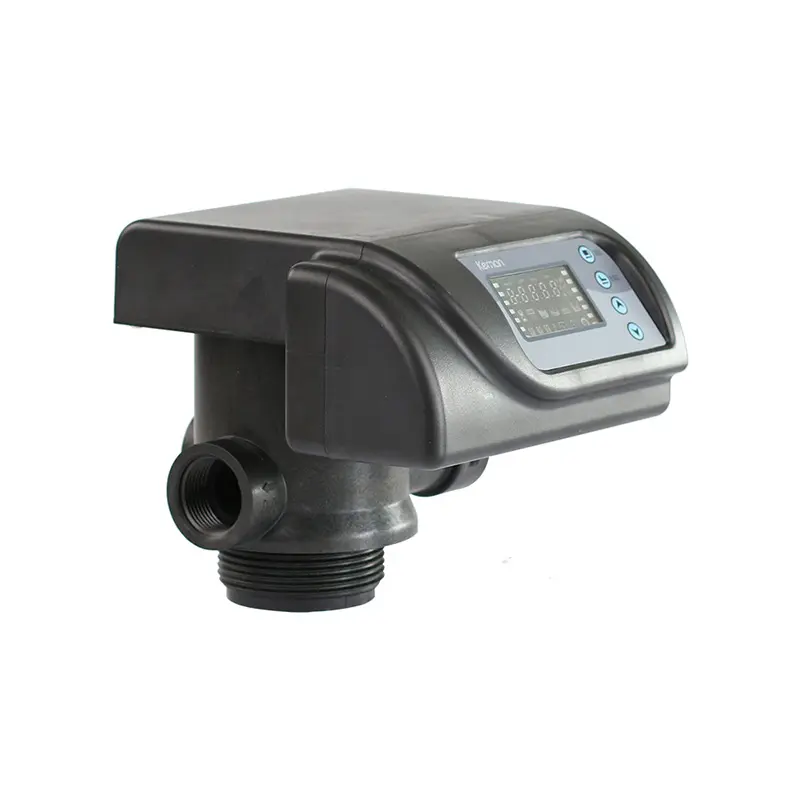
One important component of a water softener system is the valve bypass. This valve allows you to temporarily bypass the water softener, allowing hard water to flow through the system without being treated. While this may seem counterintuitive, there are several benefits to using a water softener valve bypass system.
One of the main benefits of a water softener valve bypass system is that it allows you to conserve salt and water. When you bypass the water softener, you are not using any salt or water to treat the water. This can be useful in situations where you do not need softened water, such as when watering your lawn or washing your car. By bypassing the water softener, you can save on salt and water usage, which can help reduce your overall water and energy bills.
Another benefit of using a water softener valve bypass system is that it can extend the life of your water softener. Constantly running hard water through the system can cause the resin beads in the water softener to become saturated with minerals, reducing its effectiveness over time. By bypassing the water softener when it is not needed, you can help prolong the life of the system and ensure that it continues to work efficiently.
| Model | Central tube | Drain | Brine tank connector | Base | Maximum power | Operating temperature |
| 9500 | 1.9″(1.5″) O.D. | 1″NPTF | 3/8″& 1/2″ | 4″-8UN | 8.9W | 1℃-43℃ |
Additionally, a water softener valve bypass system can be useful in emergency situations. If your water softener malfunctions or needs to be serviced, you can bypass the system to ensure that you still have access to water. This can be especially important in areas where hard water is a major issue, as it can help prevent damage to your pipes and appliances while you wait for the water softener to be repaired.
| Model | Central tube | Drain | Brine tank connector | Base | Maximum power | Operating temperature |
| 5600SXT | 0.8125″/1.050″ O.D. | 1/2″NPTF | 1600-3/8″ | 2-1/2″-8NPSM | 8.4W | 1℃-43℃ |
Furthermore, a water softener valve bypass system can be beneficial for those who prefer the taste of hard water. Some people find that softened water has a slightly salty taste, which they may not enjoy. By bypassing the water softener, you can have the option to choose between softened and hard water, depending on your personal preferences.
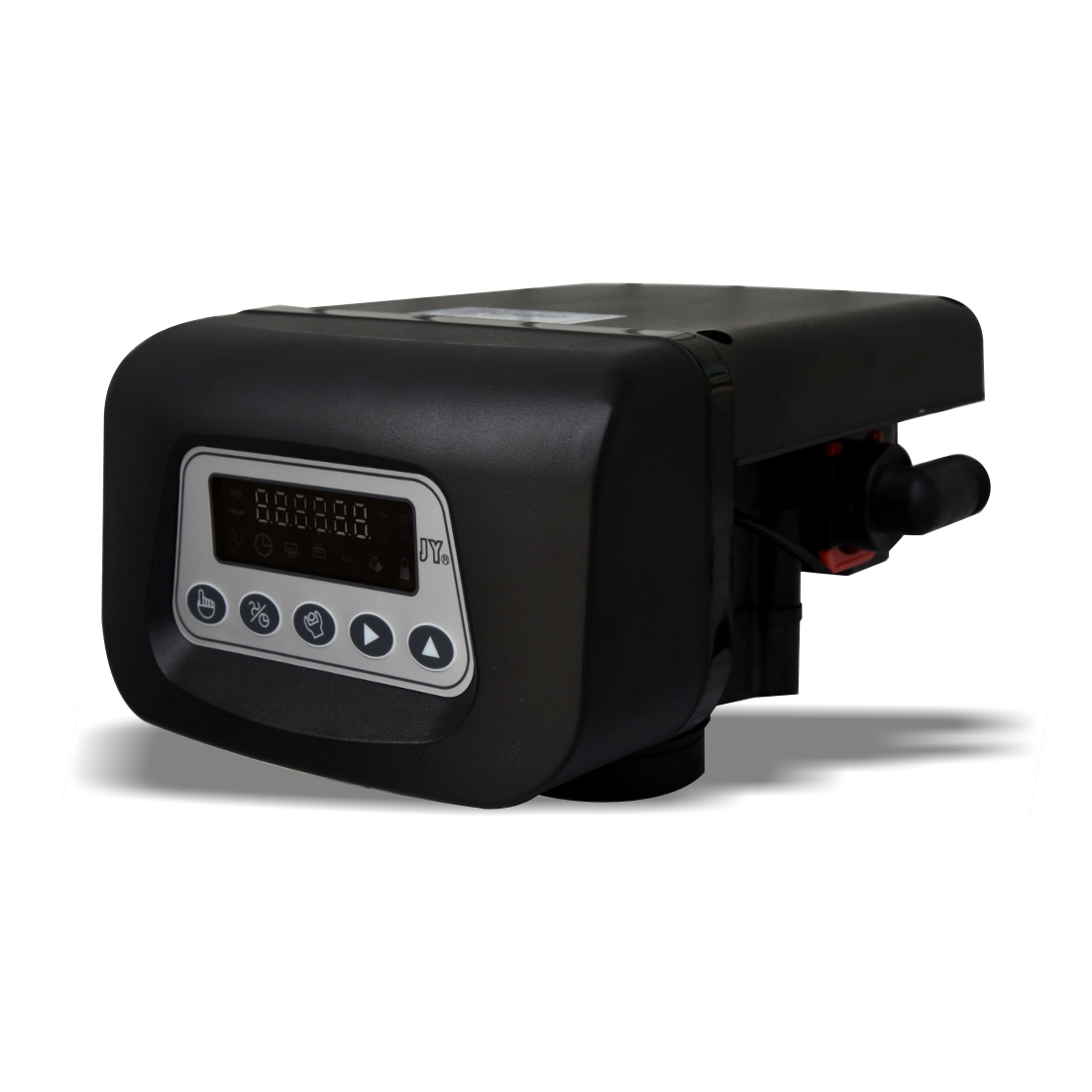
In conclusion, a water softener valve bypass system offers several benefits for homeowners with hard water. From conserving salt and water to extending the life of your water softener, bypassing the system when it is not needed can help save money and ensure that your water softener continues to work efficiently. Additionally, having the option to bypass the water softener can be useful in emergency situations and for those who prefer the taste of hard water. Overall, a water softener valve bypass system is a valuable addition to any water softener system.

